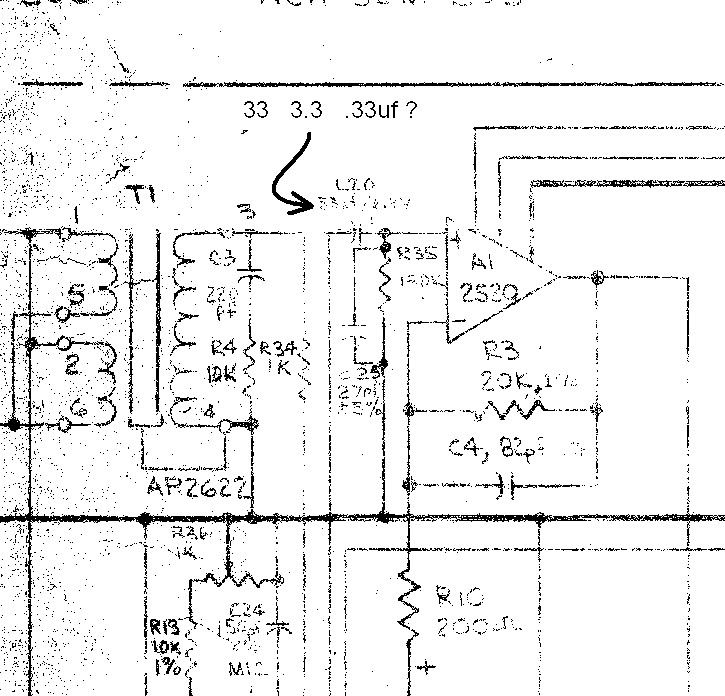Tubemooley
Well-known member
boji said:Hello again,
schem asks for 250uf @4v at the output of the op-amp.
I'm trying to source one and I found
http://www.mouser.com/ProductDetail/Vishay-Sprague/715P22256JD3/?qs=sGAEpiMZZMvCt%252bwg%252braTuvW0YsKHLWlohro4WlUsabA%3d
an 'orange drop' cap 220pf 5% 500v, with a "load life" of 500 hours.
Few questions:
If I can't find a cap that meets the schema is it
1) always better to go with a higher value?
2) when calling for say, a 4v cap, is it ok to go with something higher? How high is too high?
3) What does 'load life' mean? is that cap life or hold charge life?
And lastly if you want to recommend a better choice I am of course all ears.
I'm trying to use WIMA's where I can.
Thanks
ANSWERS -
1. Not always better but usually better. For signal coupling, the higher the capacitance, the lower the low-frequency cutoff point. So in this case, yes, larger is better.
2. Yes. Any cap you're trying to "replace", the new cap should have the same voltage rating or higher. Higher is always fine. If a 4v cap was used by a company in their product, any cap with voltage rating of 4v or higher is fine. For these signal coupling caps, 6.3v, 10v, 20v or higher is fine.
3. I'm not exactly sure what "load life" is. But 500 hours is not a long time.
Here's my take on this topic. You're looking for a 250uF capacitor. They don't make film caps that large. Well, they do. But they are huge in size and very expensive. The easiest cap to get in this size is electrolytic. I hate electrolytics but they can't be avoided. They dry out over time (5 years) and as they dry out, the bass response decreases. This is why some of us spend so much time re-capping our old gear. But even here in these console modules you're building, it's pretty hard to not use electrolytic caps. So use them. There are differences among the various electrolytics. Nichicon has fairly recently released a new Black Gate series. I believe they are very good. I also use Panasonic HE series. I think they're HE. I have to save notes on my PC's with which series of caps I use. There are a couple of Panasonic series which are recommended. And then ELNA makes some really good caps too. Within the last couple of years they released their Silmic series. Those are supposed to be very good. I want to get a few of those to try out.
I hope this helps. DANA.












![Electronics Soldering Iron Kit, [Upgraded] Soldering Iron 110V 90W LCD Digital Portable Soldering Kit 180-480℃(356-896℉), Welding Tool with ON/OFF Switch, Auto-sleep, Thermostatic Design](https://m.media-amazon.com/images/I/41gRDnlyfJS._SL500_.jpg)




















